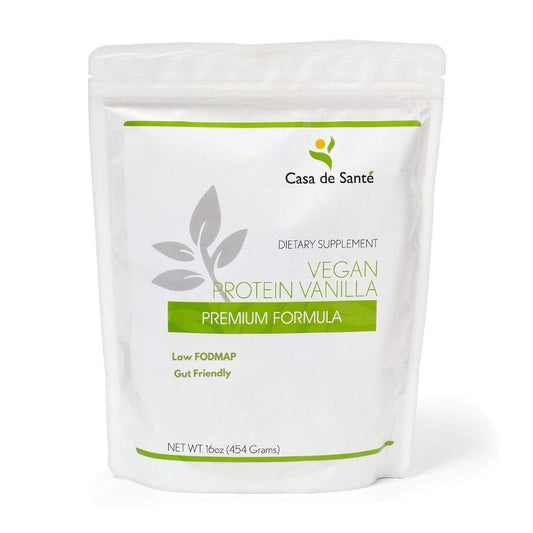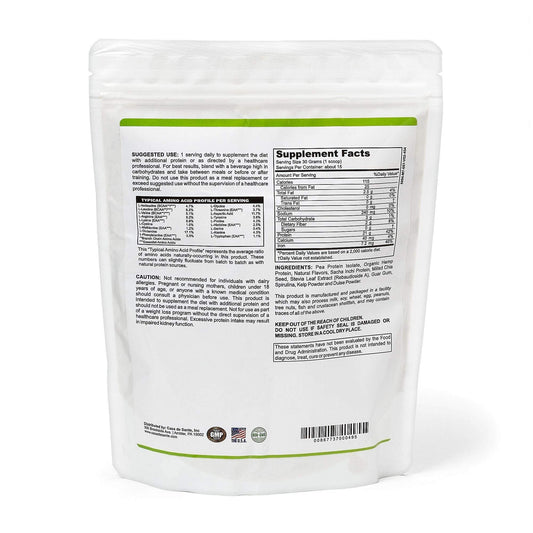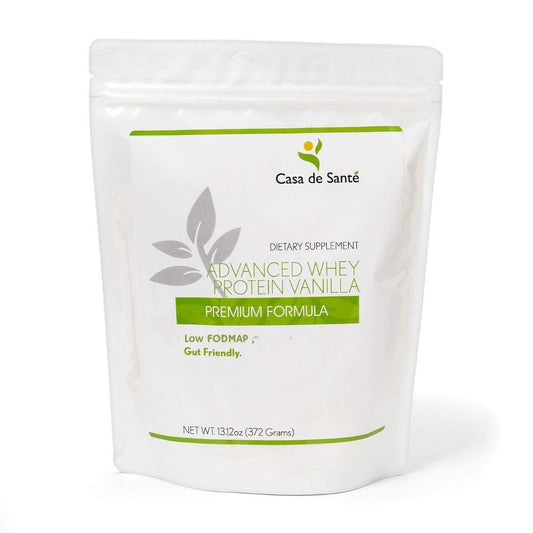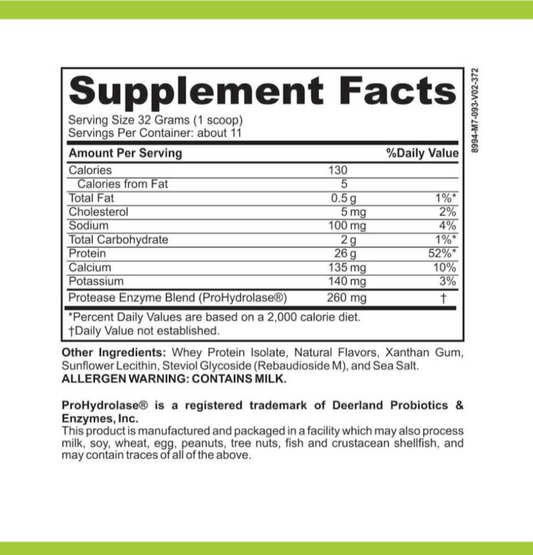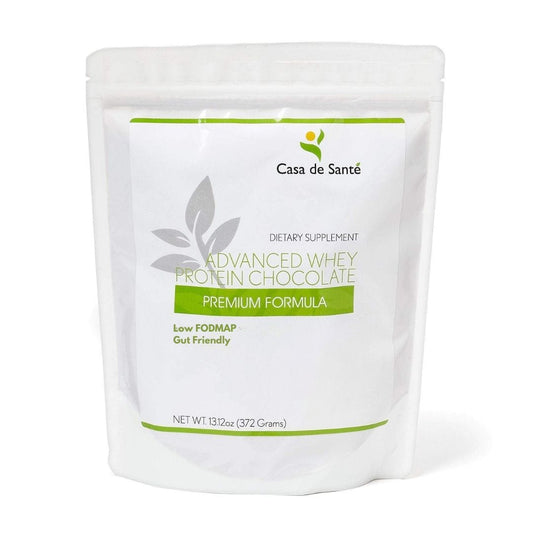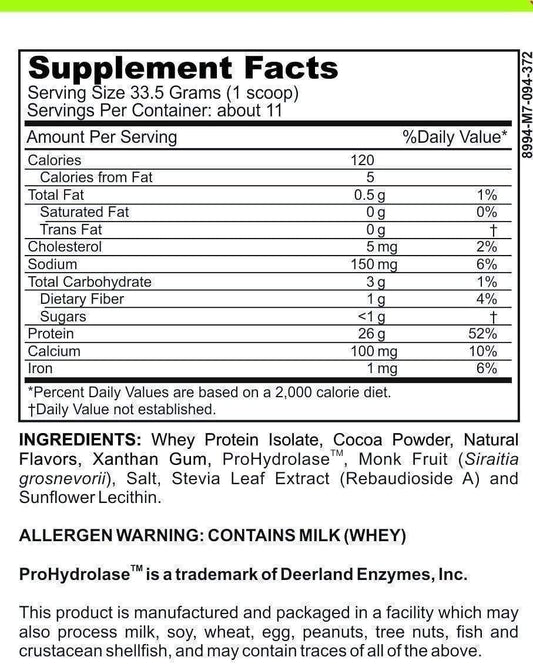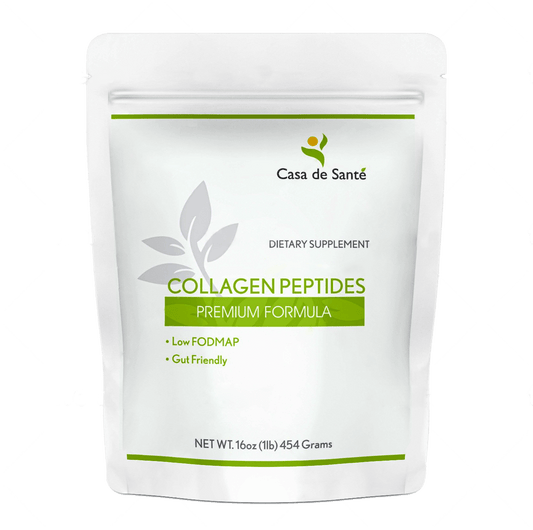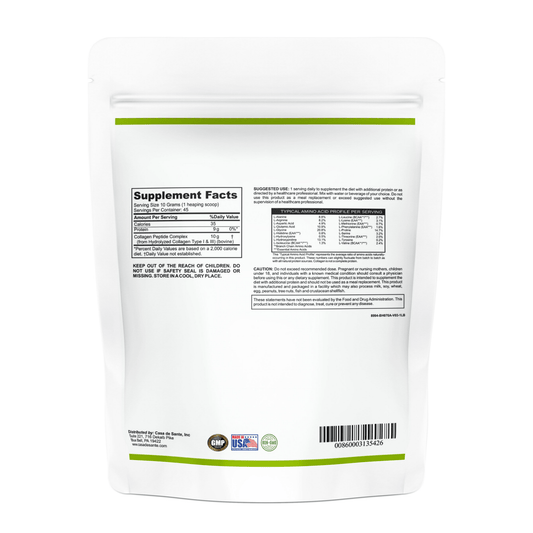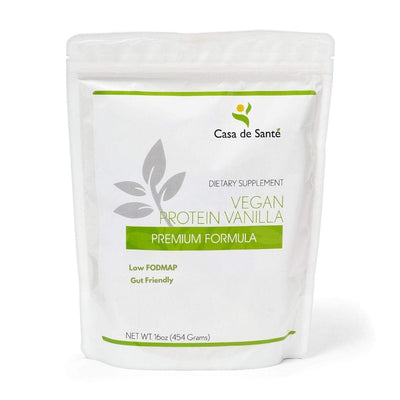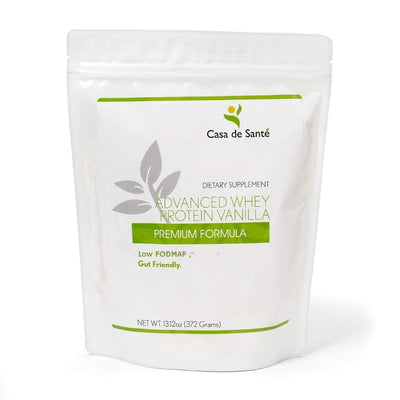How To Get Rid Of Carb Face
How To Get Rid Of Carb Face
Carb face is a common term used to describe the bloating and puffiness that can occur on the face after consuming a diet high in carbohydrates. This phenomenon is caused by water retention in the body, which can lead to a swollen appearance. In this article, we will explore the science behind carb face, the relationship between carbs and facial bloating, dietary changes to combat carb face, lifestyle adjustments to reduce its effects, and long-term strategies for preventing it.
Understanding Carb Face
What is Carb Face?
Carb face refers to the temporary facial bloating that occurs as a result of consuming a diet high in carbohydrates. When we consume carbs, our body breaks them down into glucose, which is then used as our main source of energy. However, excess carbs can lead to water retention, causing the face to appear puffy and swollen.
Carb face is a phenomenon that many people experience, especially after indulging in a carb-heavy meal or following a period of consuming a high-carbohydrate diet. It is often characterized by a swollen or bloated appearance in the face, particularly around the cheeks and jawline. While it may be a temporary condition, carb face can be a source of discomfort and self-consciousness for some individuals.
The Science Behind Carb Face
The main reason behind carb face is the role of insulin in our body. When we consume a high-carb meal, our blood sugar levels spike, leading to increased insulin production. Insulin is a hormone that helps regulate our blood sugar levels by facilitating the absorption of glucose into our cells. It promotes the storage of glycogen in our muscles and liver, which serves as a reserve of energy for our body.
However, excess carbohydrates can cause an imbalance in insulin levels, leading to water retention in our cells. This water retention can manifest as facial bloating, giving rise to carb face. The excess glucose that is not immediately used for energy is converted into glycogen and stored in our muscles and liver. Each gram of glycogen is stored with approximately three grams of water. Therefore, when we consume an excess of carbs, our body stores more glycogen, resulting in increased water retention and facial bloating.
It is important to note that carb face is a temporary condition and usually resolves itself within a few days. Once our body adjusts to a balanced diet and insulin levels stabilize, the water retention decreases, and the facial bloating subsides. However, for individuals who frequently consume a high-carbohydrate diet, carb face may be a recurring issue.
Additionally, other factors such as individual metabolism, genetics, and overall health can influence the severity and duration of carb face. Some individuals may be more prone to water retention than others, making them more susceptible to experiencing carb face after consuming a high-carb meal.
To minimize the occurrence of carb face, it is important to maintain a balanced diet that includes a variety of nutrients. Incorporating protein, healthy fats, and fiber-rich foods can help stabilize blood sugar levels and reduce the risk of excessive water retention. Drinking plenty of water and staying hydrated can also aid in flushing out excess fluids from the body, reducing the likelihood of facial bloating.
In conclusion, carb face is a temporary condition characterized by facial bloating that occurs as a result of consuming a diet high in carbohydrates. The imbalance in insulin levels caused by excess carbs leads to water retention in our cells, resulting in a puffy and swollen appearance. While carb face is usually temporary and resolves itself within a few days, maintaining a balanced diet and staying hydrated can help minimize its occurrence.
The Relationship Between Carbs and Facial Bloating
How Carbs Cause Water Retention
Carbohydrates have a unique ability to hold onto water molecules. For every gram of stored carbohydrates in our body, approximately 2-3 grams of water are also retained. This water retention can be particularly noticeable in the face due to the delicate and sensitive nature of facial tissues.
When we consume carbohydrates, our body breaks them down into glucose, which is then used as a source of energy. However, if we consume more carbohydrates than our body needs for immediate energy, the excess glucose is stored in the form of glycogen in our liver and muscles. Each gram of glycogen stored in our body is accompanied by a certain amount of water, resulting in the water retention that can cause facial bloating.
It's important to note that not all carbohydrates have the same effect on water retention. Simple carbohydrates, such as those found in sugary foods and drinks, are more likely to cause water retention compared to complex carbohydrates, which are found in whole grains, fruits, and vegetables. This is because simple carbohydrates are quickly broken down into glucose, leading to a rapid increase in blood sugar levels and subsequent glycogen storage.
The Impact of Carbs on Your Skin
In addition to facial bloating, consuming a diet high in carbs can also have an impact on the appearance of your skin. Excess carbohydrates can increase sebum production, leading to oilier skin and potentially contributing to the development of acne.
Sebum is an oily substance produced by the sebaceous glands in our skin. It helps to moisturize and protect our skin, but when produced in excess, it can clog pores and contribute to the formation of acne. Carbohydrates, especially those with a high glycemic index, can stimulate the production of sebum, exacerbating oily skin and increasing the likelihood of acne breakouts.
Furthermore, high glycemic index foods can promote inflammation in the body. Inflammation is a natural response to injury or infection, but chronic inflammation can have negative effects on our overall health, including our skin. Inflammation can worsen existing skin conditions such as acne or rosacea, leading to redness, swelling, and discomfort.
It's worth noting that not all carbohydrates have the same impact on the skin. Foods with a high glycemic index, such as white bread, sugary snacks, and processed foods, are more likely to cause inflammation and worsen skin conditions. On the other hand, foods with a low glycemic index, such as whole grains, legumes, and non-starchy vegetables, have a milder impact on blood sugar levels and are less likely to contribute to skin issues.
In conclusion, the relationship between carbs and facial bloating goes beyond simple water retention. Consuming a diet high in carbohydrates, especially those with a high glycemic index, can lead to facial bloating and impact the appearance of your skin. It's important to find a balance and choose carbohydrates wisely, opting for complex carbs and avoiding excessive consumption of simple carbs to maintain a healthy complexion.
Dietary Changes to Combat Carb Face
Carb face, also known as bloating or water retention in the face, can be a frustrating side effect of consuming high-carb foods. To reduce carb face and achieve a more sculpted facial appearance, it is advisable to make certain dietary changes. By limiting your intake of high-carb foods and opting for healthier alternatives, you can effectively combat carb face and promote overall well-being.
Foods to Avoid for Reducing Carb Face
When it comes to reducing carb face, it is important to be mindful of the types of foods you consume. High-carb foods, such as refined grains, sugary snacks, and sweetened beverages, can cause a rapid increase in blood sugar levels. This spike in blood sugar triggers the release of insulin, a hormone that helps regulate blood sugar levels. However, excessive insulin production can lead to water retention, resulting in a bloated and puffy appearance in the face.
To combat carb face, it is recommended to limit your intake of these high-carb foods. Instead, focus on incorporating foods that are lower in carbohydrates and higher in essential nutrients. Whole grains, such as brown rice and quinoa, are excellent alternatives to refined grains. They provide a good source of fiber and have a lower glycemic index, which means they have a slower and steadier impact on blood sugar levels.
In addition to whole grains, incorporating a variety of fruits and vegetables into your diet can also help combat carb face. These colorful and nutrient-rich foods not only provide essential vitamins and minerals but also contain fiber, which aids in digestion and can help reduce bloating. Opt for leafy greens, berries, and citrus fruits to add a refreshing and hydrating element to your meals.
Furthermore, lean protein sources, such as chicken, turkey, fish, and tofu, can be beneficial in reducing carb face. Protein helps promote satiety and supports muscle growth and repair. By including adequate protein in your meals, you can feel fuller for longer and minimize the temptation to indulge in high-carb snacks that may contribute to carb face.
Healthy Alternatives to High-Carb Foods
Substituting high-carb foods with healthier alternatives is a practical approach to combat carb face. By making simple swaps, you can reduce your overall carb intake while still enjoying delicious and satisfying meals.
For instance, instead of reaching for white bread, which is high in refined carbohydrates, opt for whole wheat bread. Whole wheat bread is made from whole grains, which retain the bran and germ, providing more fiber and nutrients compared to its refined counterpart.
Similarly, if you often find yourself indulging in sugary cereals for breakfast, consider switching to oatmeal. Oatmeal is a whole grain that is packed with fiber and offers a slower release of energy, helping to stabilize blood sugar levels and prevent carb face.
In addition to making changes to your solid food choices, it is essential to pay attention to what you drink. Sweetened beverages, such as soda and fruit juices, are often loaded with added sugars and can contribute to carb face. Instead, opt for infused water or herbal tea. Infused water can be made by adding slices of fruits like lemon, cucumber, or berries to a pitcher of water, providing a refreshing and flavorful alternative. Herbal teas, on the other hand, offer a wide range of flavors and can be enjoyed hot or cold, making them a great substitute for sugary drinks.
By making these healthy alternatives to high-carb foods, you not only reduce your risk of carb face but also provide your body with additional nutrients and fiber, promoting overall health and well-being.
Lifestyle Adjustments to Reduce Carb Face
Importance of Regular Exercise
Incorporating regular exercise into your routine can aid in reducing carb face. Physical activity helps to improve insulin sensitivity, allowing for better regulation of blood sugar levels and reducing the chances of water retention. Aim for a combination of cardiovascular exercises and strength training to maximize the benefits.
The Role of Hydration in Reducing Carb Face
While it may seem counterintuitive, staying hydrated can actually help to reduce water retention and combat carb face. When we are dehydrated, our body tries to hold onto water, leading to bloating and puffiness. By drinking an adequate amount of water throughout the day, we can encourage proper fluid balance and minimize the effects of water retention.
Long-Term Strategies for Preventing Carb Face
Maintaining a Balanced Diet
To prevent carb face in the long term, it is essential to maintain a balanced diet that includes an appropriate balance of carbohydrates, proteins, and fats. Focus on consuming complex carbs, such as whole grains, legumes, and vegetables, as they are digested more slowly and have a lesser impact on blood sugar levels. Additionally, include sources of healthy fats like avocado, nuts, and olive oil, and opt for lean proteins such as chicken, fish, and tofu.
Regular Check-ups and Monitoring
Regular check-ups with a healthcare professional can help monitor your health and detect any underlying conditions that may contribute to carb face. Conditions such as hormonal imbalances or food intolerances could exacerbate water retention and facial bloating. By addressing these underlying issues, you can take proactive steps towards reducing carb face.
By understanding the science behind carb face and making necessary dietary and lifestyle adjustments, you can effectively combat this temporary bloating. Remember, it's important to listen to your body and make choices that work best for you. With a balanced approach, you can achieve a healthier, less bloated appearance and regain your confidence.

